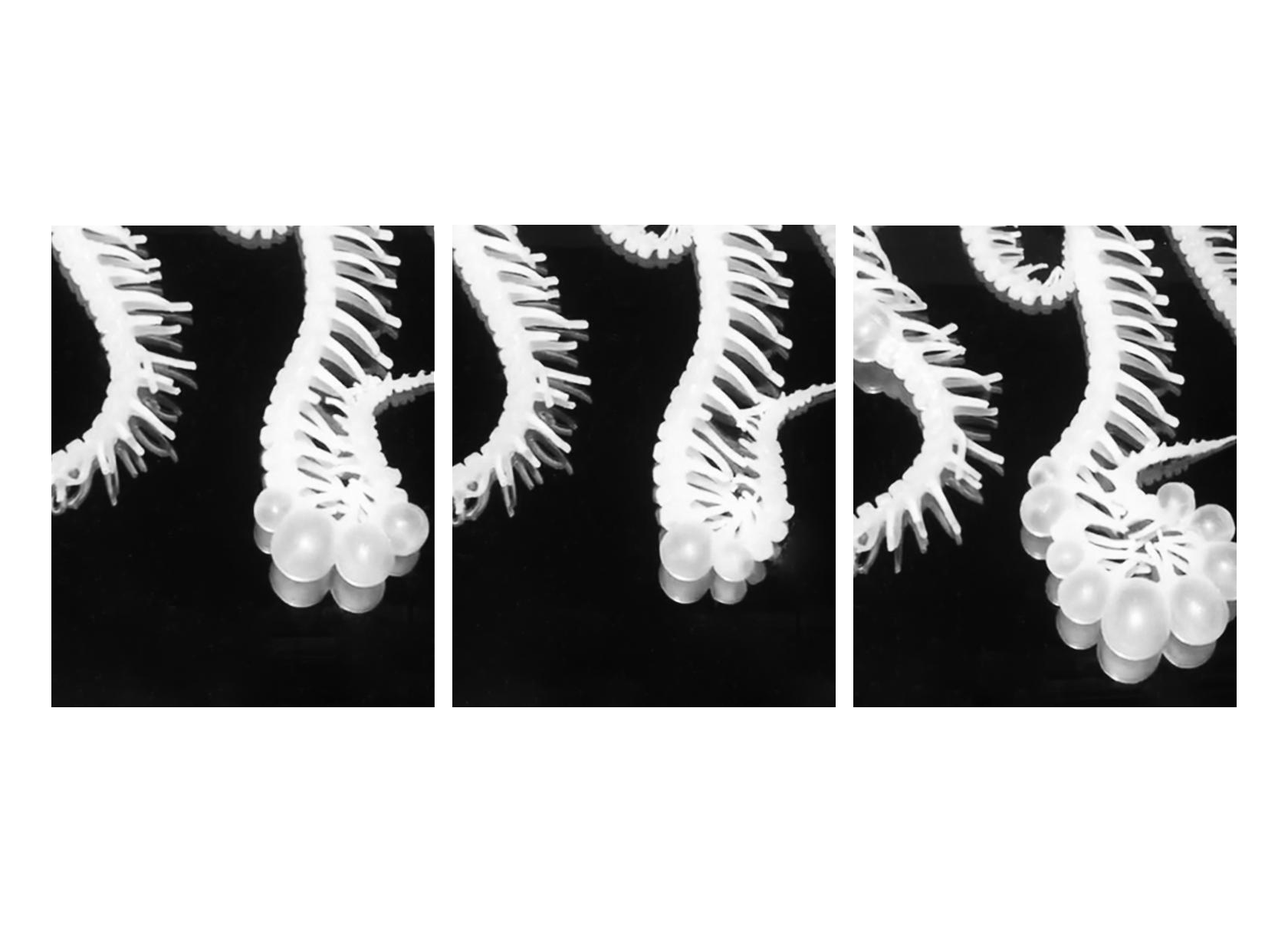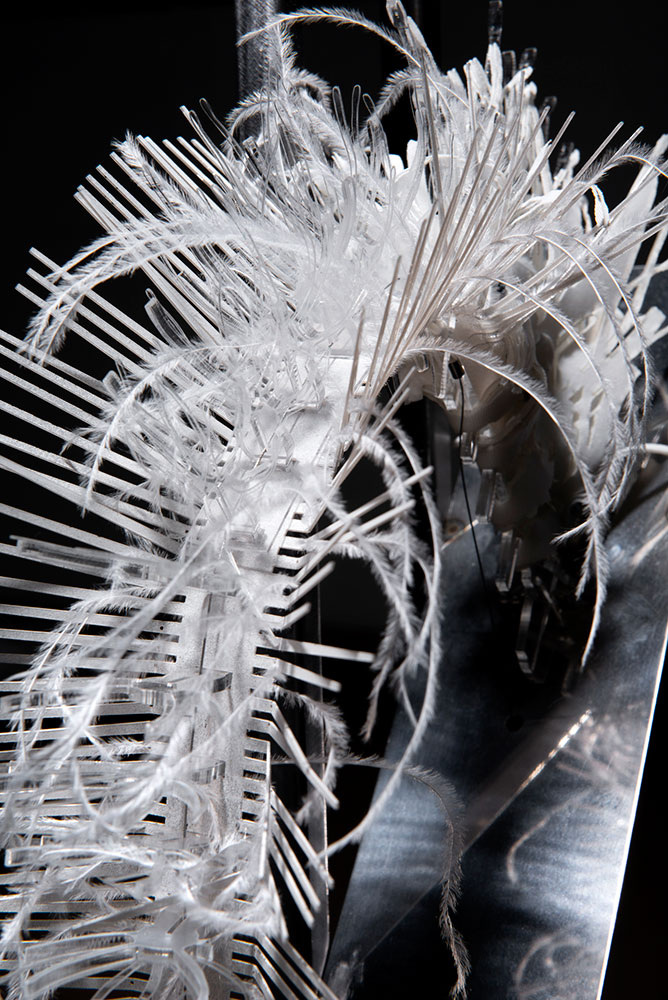EXTENDED NATURE questions the means of experiencing nature through technological perspectives and mechanical interpretation.
In the Anthropocene, the notion of 'wild nature' is something of the past. Our almost complete control over the environment has come with the loss of a sense of awe and fear, which is beautifully described by the term 'sublime'. What we lost seems to have been replaced by technology. Our current technological innovations evoke many sentiments, ranging from uncanniness and awe for humankind's innovative capacities to great anxieties that technology will someday take over our society. The ones who have tried so much to control the uncontrollable are now governed by what they have created themselves.
Today, we experience a version of nature that is manicured, virtual, and artificial. The internet provides a ubiquitous matrix in a parallel reality of real nature. However, the technological perspective on nature seems flattened, abstracted and altered through layers of machine interpretation. The relationship between representation, creation, and life can no longer be divided between real and unreal. As a result, the boundaries between nature, imagery, machine, and body blur. We may think we have mastered nature, but we have mastered only its image.
EXTENDED NATURE explores the digital layers of our relationship with the environment through a crinoid (or 'sea lily') sea organism. The project reconstructs a digitized version of the crinoid in a video, kinetic structure, and biomimicry design using soft robotics techniques. A programmed syringe pumps air to generate uncanny movements in the silicone, 3D-printed object; a replica of the digitized, CT-scan records of 460-million-year crinoid fossil.
In the Anthropocene, the notion of 'wild nature' is something of the past. Our almost complete control over the environment has come with the loss of a sense of awe and fear, which is beautifully described by the term 'sublime'. What we lost seems to have been replaced by technology. Our current technological innovations evoke many sentiments, ranging from uncanniness and awe for humankind's innovative capacities to great anxieties that technology will someday take over our society. The ones who have tried so much to control the uncontrollable are now governed by what they have created themselves.
Today, we experience a version of nature that is manicured, virtual, and artificial. The internet provides a ubiquitous matrix in a parallel reality of real nature. However, the technological perspective on nature seems flattened, abstracted and altered through layers of machine interpretation. The relationship between representation, creation, and life can no longer be divided between real and unreal. As a result, the boundaries between nature, imagery, machine, and body blur. We may think we have mastered nature, but we have mastered only its image.
EXTENDED NATURE explores the digital layers of our relationship with the environment through a crinoid (or 'sea lily') sea organism. The project reconstructs a digitized version of the crinoid in a video, kinetic structure, and biomimicry design using soft robotics techniques. A programmed syringe pumps air to generate uncanny movements in the silicone, 3D-printed object; a replica of the digitized, CT-scan records of 460-million-year crinoid fossil.
Year: 2019
Material (project-1): 3D flexible fossile print, silicone, air, syringe , motor and Arduino.
Material (project-2): Metal, motors, Arduinos, synthetic feathers, flexbile laser-cut plexiglass, and metal wires.
Photographed by Marie Rime.
Material (project-1): 3D flexible fossile print, silicone, air, syringe , motor and Arduino.
Material (project-2): Metal, motors, Arduinos, synthetic feathers, flexbile laser-cut plexiglass, and metal wires.
Photographed by Marie Rime.









